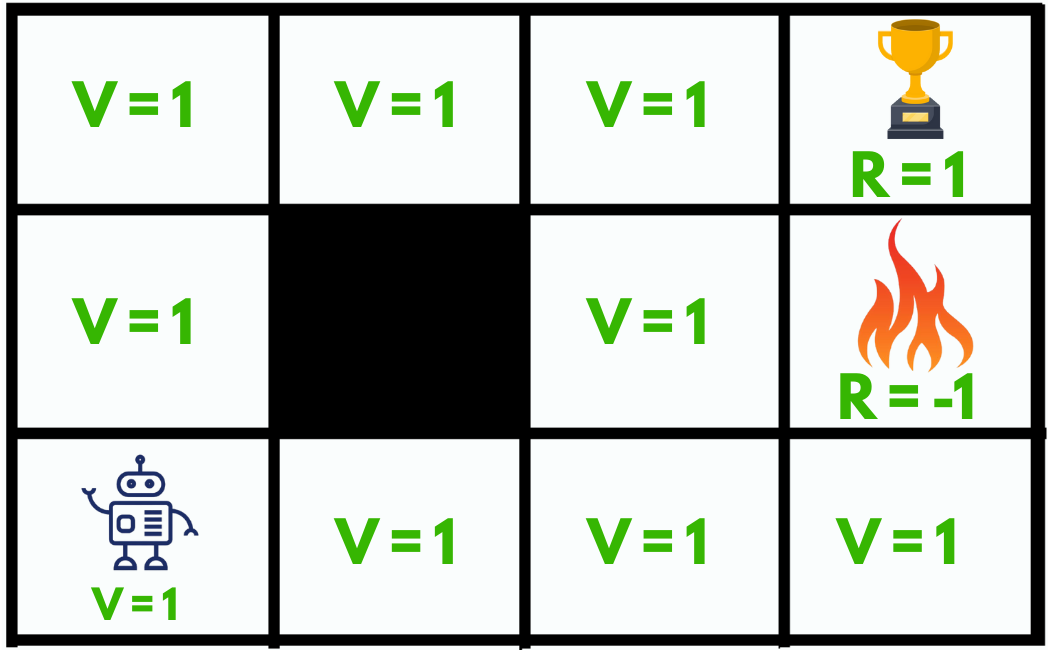Reinforcement learning (RL) is closely related to neuroscience and psychology, as it provides computational models for understanding how organisms, including humans and animals, learn from experiences and make decisions in dynamic environments. The connections between RL and neuroscience/psychology are multi-faceted and can be understood from several perspectives:
Biological Plausibility :
* RL algorithms are inspired by theories of learning and decision-making observed in biological systems, including the brain.
* Neuroscientific studies have identified neural circuits and systems involved in reward processing, reinforcement learning, and decision-making in various species, including humans.
* RL algorithms strive to capture the computational principles underlying these biological processes, providing insights into the neural mechanisms of learning and decision-making.
Learning Mechanisms :
* RL algorithms offer computational models of learning mechanisms, such as reinforcement learning, prediction error signaling, and value-based decision-making, which have been observed in the brain.
* These models help researchers understand how organisms learn associations between actions, states, and rewards, and how they use this knowledge to guide behavior in complex environments.
Behavioral Experiments :
* RL provides a theoretical framework for designing and analyzing behavioral experiments in psychology and neuroscience.
* Researchers use RL algorithms to model and predict human and animal behavior in tasks involving reinforcement learning paradigms, such as operant conditioning, Pavlovian conditioning, and instrumental learning.
Neural Network Models :
* Deep reinforcement learning, which combines RL with deep neural networks, has enabled the development of biologically inspired models of learning and decision-making.
* These models can simulate complex neural processes involved in perception, memory, decision-making, and action selection, providing insights into how neural circuits implement reinforcement learning algorithms.
Clinical Applications :
* RL has applications in clinical psychology and neuroscience, including understanding and treating addiction, depression, anxiety, and other mental health disorders.
* RL models help researchers investigate the neural mechanisms underlying maladaptive behaviors and develop interventions to modify them.

